How Long Does It Take to Design a WIX Website?
- Davydov Consulting
- Apr 23, 2024
- 4 min read

Designing a website on WIX can range from a straightforward project taking a few hours to a complex endeavor spanning several months. This variability stems from the platform's versatility, catering to both novices and experienced web designers with its drag-and-drop interface, a broad selection of templates, and extensive customization options. For someone embarking on their first web design project, the allure of WIX lies in its simplicity and the abundance of resources available to guide users through the process. However, even with these tools at one's disposal, the actual time to create a finished website can be influenced by numerous factors, including the project's scope, desired functionalities, and the quality of content being incorporated. Understanding these variables is crucial for setting realistic expectations and efficiently managing the design process from concept to completion.
Complexity of Website Design and Functionality

Simple websites with few pages can be set up quickly, often within 1-2 weeks.
Complex websites featuring e-commerce, custom forms, and multiple integrations require more in-depth work, potentially extending the timeline to several months.
The level of customization needed to achieve a specific aesthetic or functionality significantly influences the project duration.
The complexity of the website's design and its intended functionality play a significant role in determining the overall time investment required. A basic website with a few pages and standard features, such as a contact form, can be set up relatively quickly. In contrast, a more sophisticated website with ecommerce capabilities, custom forms, and integrations with external services demands a deeper understanding of the platform and more time to fine-tune. Moreover, the design's complexity isn't just about the number of features but also about the level of customization needed to achieve a particular look and feel, which can significantly extend the development timeline. Each additional layer of complexity requires careful planning, testing, and revision, ensuring that the website not only looks good but functions smoothly across various devices and browsers.
Content Volume and Management

High-quality, engaging content is crucial and time-consuming to produce, including text, images, videos, and SEO optimization.
Large sites with extensive content demand considerable organization and management, prolonging the development process.
Content complexity, such as multimedia integration and formatting, directly impacts design time.
Content creation and organization are also critical components of the website design process, often underestimated in terms of time and effort. High-quality, engaging content is essential for attracting and retaining visitors, necessitating considerable time to write, edit, and optimize text, select or create visual elements, and possibly produce multimedia content. For larger sites, content management becomes a project unto itself, involving content strategy, search engine optimization (SEO), and the logistics of updating the website regularly. This phase can be particularly time-consuming if the content needs to be gathered from multiple sources or if there is a significant amount of media to be formatted and uploaded. Consequently, the volume and complexity of the website's content directly influence the duration of the design process, making it a pivotal factor to consider in project planning.
Designer’s Proficiency with WIX

New users will likely face a learning curve, spending additional time familiarizing themselves with WIX's tools and features.
Experienced designers can utilize WIX's advanced capabilities, like Velo, for custom solutions, potentially speeding up certain tasks.
Proficiency with the platform can mitigate the time spent on customization and troubleshooting.
The designer's familiarity with WIX and web design principles significantly impacts the project's timeline. Individuals new to WIX or web design in general may need to spend additional time learning how to navigate the platform and utilize its features effectively. This learning curve can extend the design process but can be mitigated through the use of tutorials, WIX's extensive knowledge base, and community forums. Conversely, experienced designers can leverage advanced features, such as WIX's Velo development platform, to create custom functionalities and integrations, which, while time-consuming, can result in a more sophisticated and unique website. The efficiency gained through experience with the platform can offset the time spent on complex customizations, illustrating how proficiency influences the design timeline.
Feedback and Revision Cycles

The design process typically involves several rounds of feedback and revisions, which can vary in length depending on stakeholder involvement and decision-making speed.
Minor adjustments may require little time, while major changes can significantly delay project completion.
Efficient communication and project management practices help minimize delays during feedback loops, ensuring that revisions are implemented promptly.
Feedback and revision cycles are integral to the website design process, providing opportunities to refine and improve the project based on input from stakeholders. These cycles can vary in length and frequency, depending on the project's scope and the stakeholders' availability and responsiveness. Iterations may involve minor adjustments or significant redesigns, each requiring time for implementation and review. The collaborative nature of this process ensures that the final website aligns with the stakeholders' vision and goals but also introduces variability into the project timeline. Effective communication and project management practices can help minimize delays during this phase, ensuring that feedback is addressed promptly and efficiently.
Conclusion
In conclusion, the time required to design a WIX website is influenced by a multitude of factors, including the project's complexity, content volume, customization level, the designer's proficiency, and the feedback and revision process. These elements interact in ways that can significantly extend or reduce the design timeline, highlighting the importance of careful planning and realistic expectation setting. While WIX's user-friendly platform democratizes web design, achieving a polished, functional website still demands time, effort, and a strategic approach. By understanding and managing the factors affecting the design process, designers can optimize their workflows, meet project deadlines, and deliver websites that meet or exceed stakeholders' expectations.
